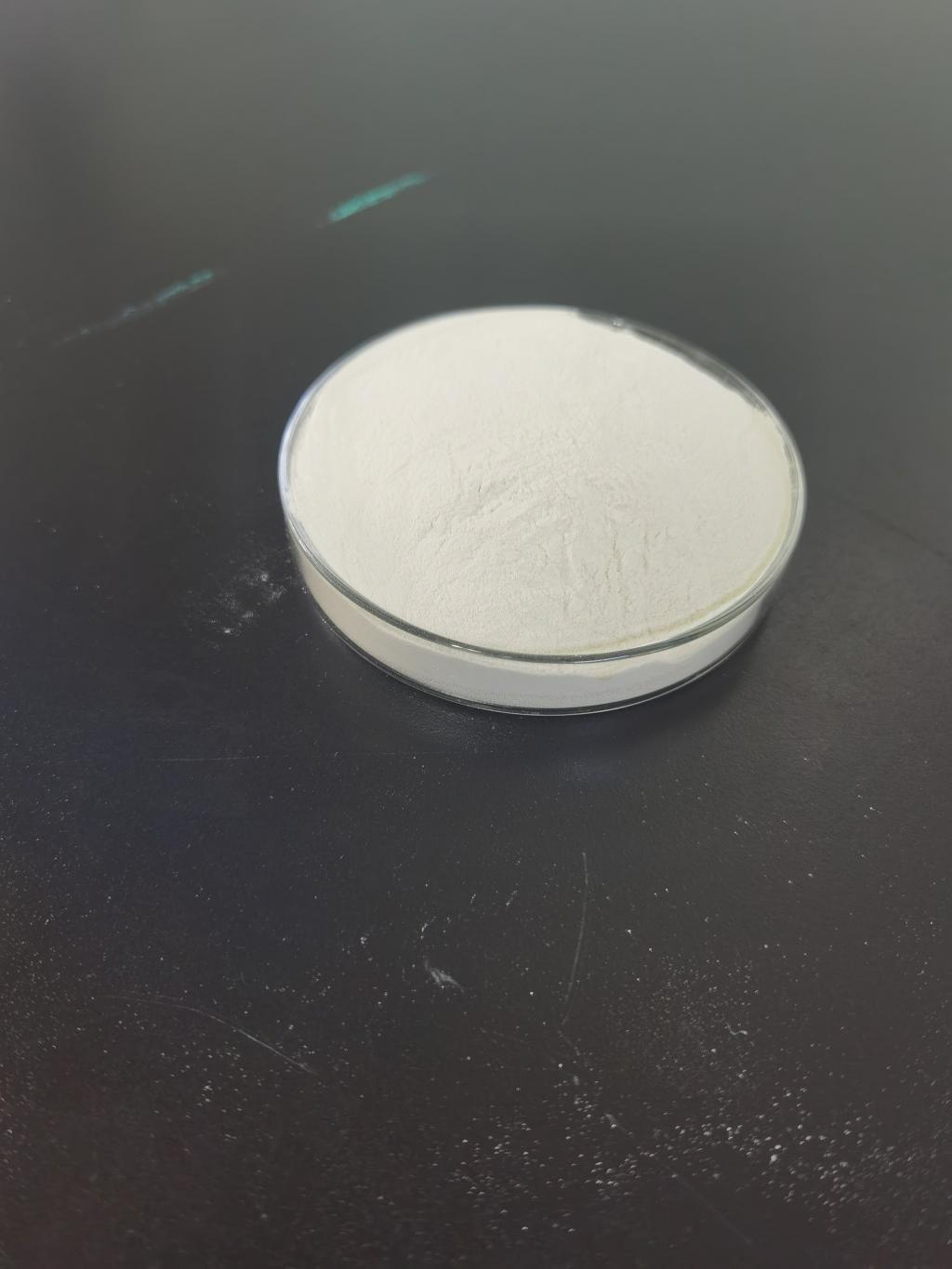Tel:+8618231198596

News
 CONTACT
CONTACT
 CONTACT
CONTACT
- Linkman:Linda Yao
- Tel: +8618231198596
- Email:linda.yao@dcpharma.cn
- Linkman:CHARLES.WANG
- Department:Overseas
- Tel: 0086 0311-85537378 0086 0311-85539701
News
What are the potential applications of Nisin in the food industry?
TIME:2023-06-02
Introduction:
The food industry faces significant challenges in ensuring food safety and extending shelf life while meeting consumer demands for clean label and natural ingredients. Nisin, a peptide produced by Lactococcus lactis, has emerged as a promising natural antimicrobial agent with various potential applications. This section provides an overview of the importance of food preservation and the need for alternative antimicrobials in the food industry.
Nisin as a Preservative:
Nisin exhibits potent antimicrobial activity against a wide range of Gram-positive bacteria, including many foodborne pathogens. This section explores the use of Nisin as a preservative in various food products, such as dairy, meat, seafood, beverages, and baked goods. It discusses the mechanisms of action, effective dosage, and application methods for incorporating Nisin into different food matrices.
Biofilm Inhibition:
Biofilms are microbial communities that can form on food contact surfaces, leading to contamination and reduced food safety. This section examines the potential of Nisin to inhibit biofilm formation and its effectiveness in eradicating existing biofilms. The modes of action, application strategies, and limitations of Nisin in biofilm control are discussed.
Flavor Enhancement:
In addition to its antimicrobial properties, Nisin has been reported to contribute to flavor enhancement in certain food products. This section explores the impact of Nisin on flavor profiles, including its ability to suppress undesirable off-flavors and enhance desirable sensory attributes. The mechanisms underlying Nisin's flavor-enhancing effects and its application in different food categories are examined.
Synergistic Effects with Other Antimicrobials:
Combining antimicrobial agents can enhance their efficacy and provide a broader spectrum of activity. This section discusses the potential synergistic effects of Nisin when used in combination with other natural or synthetic antimicrobials. The factors influencing synergy, such as pH, temperature, and target microorganisms, are considered. Examples of synergistic combinations involving Nisin in different food applications are highlighted.
Regulatory Considerations and Safety:
The regulatory status and safety of Nisin as a food ingredient are crucial factors for its widespread adoption in the industry. This section provides an overview of the regulatory approvals for Nisin in various countries and regions. The safety aspects, including toxicity studies, allergenicity, and potential development of resistance, are discussed to ensure the responsible and informed use of Nisin in food products.
Challenges and Future Directions:
Despite the promising potential of Nisin, several challenges need to be addressed for its successful implementation in the food industry. This section examines the challenges associated with Nisin stability, formulation, cost-effectiveness, and potential interactions with other ingredients. Furthermore, future directions for research and development, including innovative delivery systems and the use of Nisin in emerging food technologies, are outlined.
Conclusion:
Nisin offers a range of potential applications in the food industry, including its use as a preservative, biofilm inhibitor, flavor enhancer, and synergistic agent. Its natural origin, broad-spectrum antimicrobial activity, and regulatory approvals make it an attractive alternative to synthetic preservatives. However, further research and development are necessary to overcome the challenges and maximize the benefits of Nisin in different food products.
- Tel:+8618231198596
- Whatsapp:18231198596
- Chat With Skype







